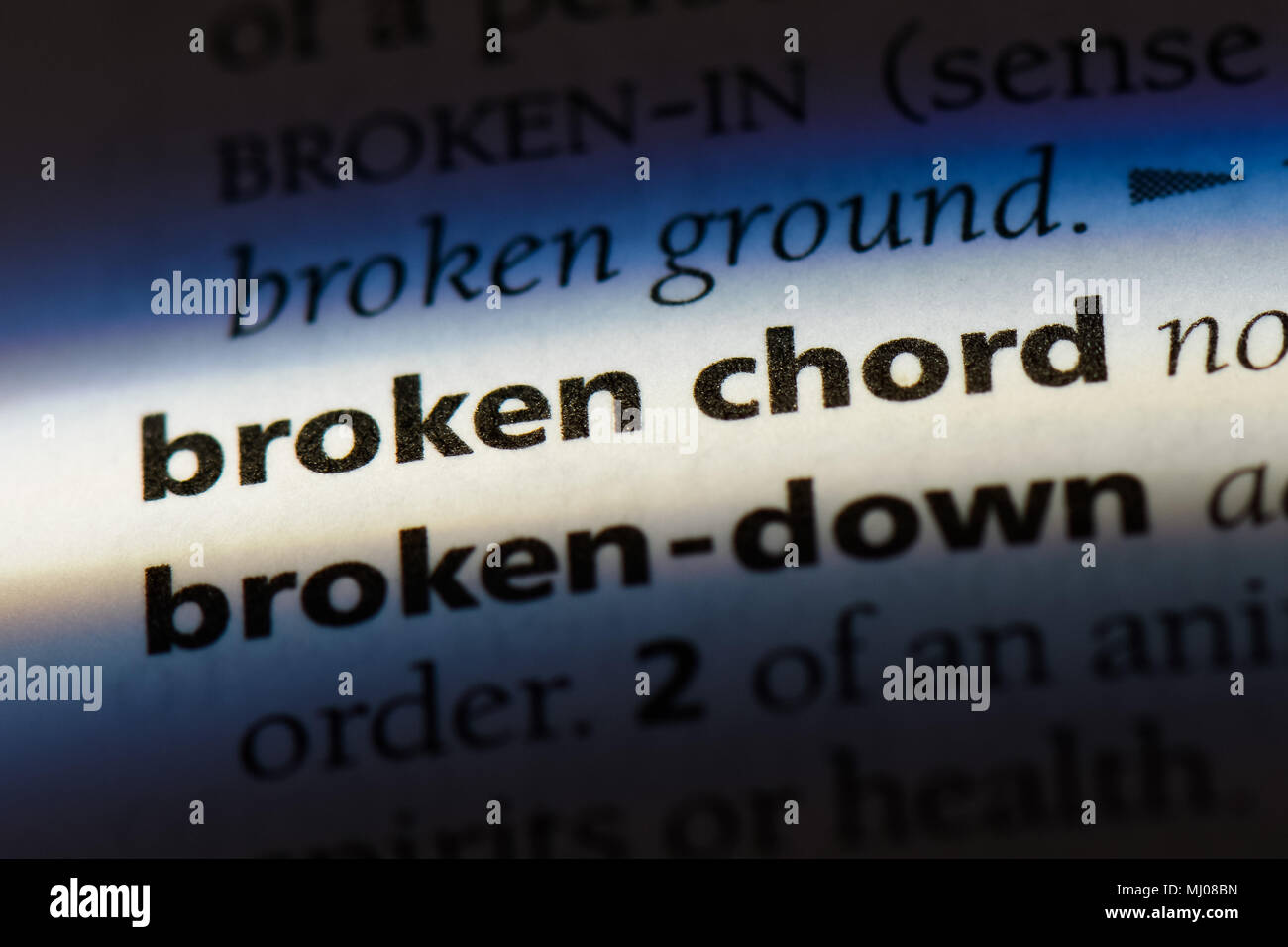Ever wondered how a simple chord can transform into a cascade of musical color and depth? The secret lies in the art of breaking chords, transforming them from static blocks of sound into dynamic, flowing musical statements.
In the world of music, the concept of breaking a chord, often referred to as an "arpeggio," is a fundamental technique. Essentially, instead of playing all the notes of a chord simultaneously, as in a "block chord," we play them one after the other. This seemingly simple change opens up a world of possibilities, adding fluidity, elegance, and complexity to any composition. Think of it as a musical brushstroke, adding texture and movement to the canvas of sound.
| Feature | Description | |----------------------|-------------------------------------------------------------------------------------------------------------------------------------------| | Definition | A "broken chord," or "arpeggio," is a chord where the notes are played sequentially, one after another, rather than simultaneously. | | Purpose | To add fluidity, elegance, and complexity to musical compositions. | | Technique | Notes can be played in ascending, descending, or more elaborate patterns. | | Comparison | Contrasted with "block chords," where all notes are played at the same time. | | Variations | Alberti bass is a specific type, playing notes in a lowest-highest-middle-highest pattern. Other broken chords have more rhythmic freedom. | | Impact | Transforms static chord sounds into dynamic and lively musical statements. Adds depth and color to a song. | | Interchangeability | The terms "broken chord" and "arpeggio" are sometimes used interchangeably, but arpeggios have a more defined texture. | | Foundation | Forms the foundation for a ton of musical ideas, allowing harmonies and melodies to flow. | | Examples | G major seventh chord broken into: B, G, F#, D. Am triad broken into: A, C, E (plus A again). | | Guitarist | Instead of strumming a chord and hitting all of the notes at once, guitar players play arpeggios by picking the notes in succession. |
Source: Wikipedia: Arpeggio
Minor chords, as well as seventh chords, can be beautifully "broken out" into arpeggios. Consider a G major seventh chord. This chord includes the notes G, B, D, and the added chord tone F#. Playing a downward arpeggio from the third scale degree (B) would result in the sequence: B, G, F#, D. This technique is far more versatile than you might initially assume, and that's where its true power lies.
The term "arpeggio" itself comes from the Italian word "arpeggiare," which means "to play on the harp." The harp, with its individual strings, provides a perfect analogy for this musical technique. Like plucking the strings of a harp one by one, the notes of an arpeggio are played in a sequence. When you "arpeggiate," you're essentially "breaking" the chord into its individual components, allowing each note to ring out and contribute to the overall texture.
The applications of broken chords are incredibly diverse. From the gentle elegance of classical piano pieces to the rhythmic complexity of jazz guitar solos, arpeggios are a cornerstone of many musical styles. Piano players use arpeggios to create a smooth, sustained sound, while guitarists can utilize the technique to enhance their chord voicings and add movement to their playing.
In contrast to block chords, where all notes are played simultaneously, broken chords offer a different sonic experience. They introduce a sense of flow and movement, creating a more dynamic and engaging listening experience. The notes of a broken chord can ascend, descend, or follow a more elaborate pattern. They can be played in a quick, cascading fashion, or spaced out, creating a sense of space and anticipation. The possibilities are truly limitless, bounded only by the player's creativity and the composer's vision.
The concept of broken chords extends beyond simple arpeggios. While an arpeggio typically involves playing the notes of a chord individually, broken chords encompass a broader range of techniques. Some broken chords may involve playing two notes together, followed by a third note separately, allowing for rhythmic variations and complex patterns that arent possible within the constraints of a typical arpeggio. Other techniques include the Alberti bass, which provides a specific kind of arpeggiated accompaniment, where the notes of the chord are presented in the order of lowest, highest, middle, and highest, then repeated through the music.
When you examine a musical score, you'll often find notation indicating how a chord should be played. A straight vertical line indicates a block chord all notes played simultaneously. An arpeggio is often indicated by a vertical wavy line preceding the chord, showing that the notes should be played in a broken fashion. These notations provide critical information for the musicians.
Moreover, arpeggios add depth and color to a song that a block chord would not be able to do! They allow melodies and harmonies to flow with a feeling of fullness, and help form the foundation for a ton of musical ideas. This is especially true in many genres of music, such as classical, jazz, and contemporary music. They allow a more complex and nuanced understanding of chords and progressions.
The subtle nuances offered by broken chords are frequently exploited by guitarists. Guitar players are naturally inclined to pick individual notes, meaning they're used to playing arpeggios, and therefore broken chords, with a high degree of artistry. The term "broken chords" in this context also expands to encompass other methods of presenting a chord, providing endless possibilities to the guitarist.
The technique of breaking chords has been utilized for centuries. The smooth, sustained, flowing sounds of arpeggios have been key elements in many compositions, and the patterns can be simple and elegant or complex and intricate.
The pattern in the chord can be a progression from the compound time broken chords, with four notes used for each chord inversion. As the chord is still only based on the 1st, 3rd and 5th degree of the scale, one note is doubled for each chord inversion.
Arpeggios and broken chords, while often used interchangeably, are distinct but closely related concepts. An arpeggio is a specific type of broken chord. However, not every broken chord is an arpeggio. An arpeggio follows a defined texture, while a broken chord can be structured in various ways.
In essence, the ability to break a chord opens up a whole new world of sonic possibilities, adding a dynamic quality that transforms static chords into lively musical statements. As you listen to your favourite music, start to listen for how composers and musicians use this technique. It will change the way you hear music forever, allowing you to appreciate the skill and beauty of this vital musical technique.


